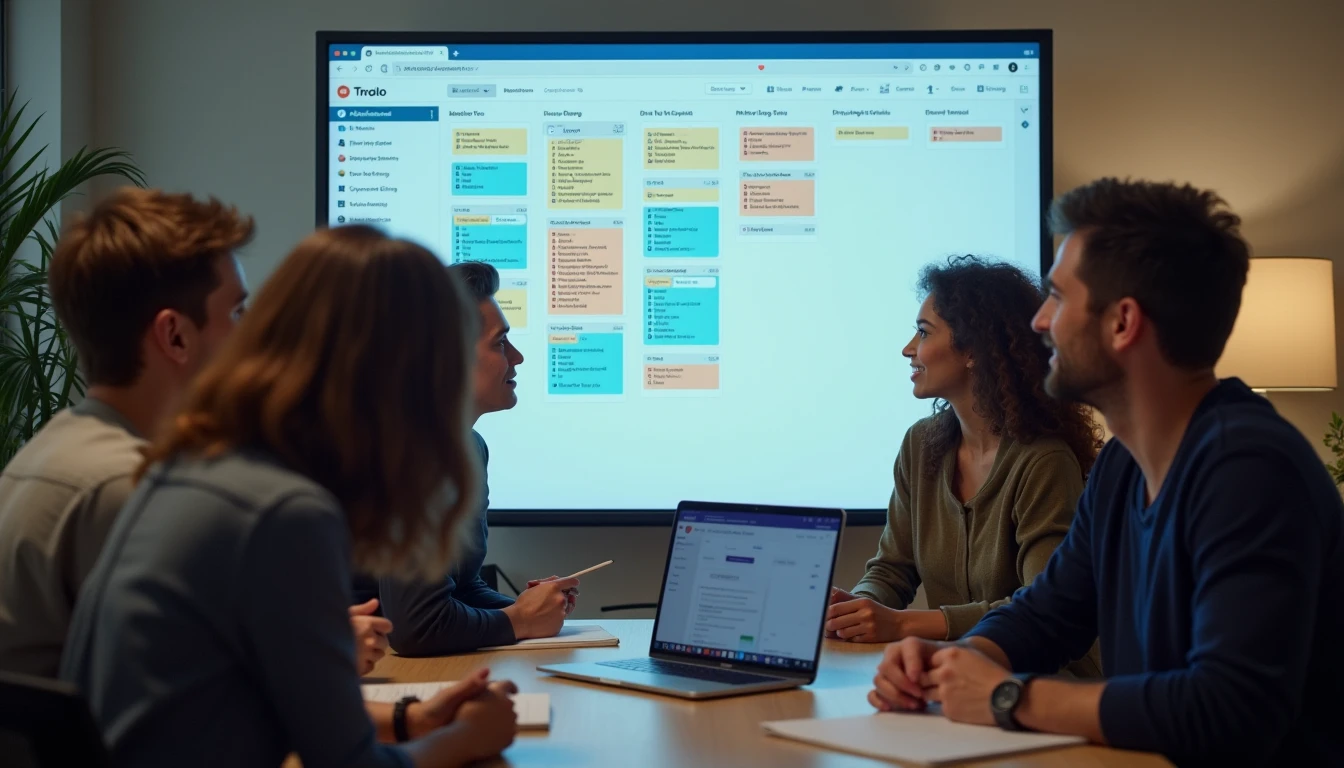In today’s fast-paced digital world, streamlining operations is crucial for both personal productivity and business growth. Among the myriad of tools available, Trello stands out as a versatile project management platform that caters to diverse needs across industries. Whether you’re managing complex projects or simplifying daily tasks, Trello offers an intuitive interface and robust features designed to enhance efficiency.
Understanding Trello: The Basics
Trello is a visual collaboration tool that allows users to organize tasks using digital boards filled with cards. Each card can represent a task, idea, or piece of information, making it easy to visualize workflows at a glance. The platform’s flexibility enables customization to suit various work styles and project requirements. For instance, professionals can create multiple boards for different projects, each with its own set of lists and due dates, ensuring tasks are tracked effectively without confusion.
One of Trello’s standout features is its ability to integrate with other tools like Slack, Google Drive, and Asana, creating a seamless workflow ecosystem. This integration allows users to access relevant files or communicate updates directly from within the platform, saving time on switching between applications. Moreover, Trello’s mobile app ensures tasks are accessible anytime, anywhere, making it ideal for remote teams.

Customizing Your Workflow with Trello
Effective workflow management requires a tailored approach that aligns with individual or team dynamics. Trello excels in this aspect by offering extensive customization options. Users can create labels and due dates to prioritize tasks, add checklists for detailed instructions, or attach files directly to cards for clarity. This level of personalization ensures every user experience is optimized according to specific needs.
For teams collaborating on larger projects, Trello’s Power-ups add an extra layer of functionality. Features like the calendar view help in scheduling deadlines and tracking progress over time. The activity feed provides real-time updates on task movements, fostering transparency among team members. Additionally, the ability to assign tasks with comments facilitates clear communication and accountability.
Maximizing Efficiency Beyond Setup
While setting up a Trello board is straightforward, deriving maximum benefit from it requires strategic planning. One key strategy is categorizing tasks appropriately using labels and due dates. This ensures priorities are evident, reducing the risk of overlooking critical deadlines. Another approach is leveraging Trello’s automation feature with Butler, which can perform repetitive actions like moving cards between lists when a certain condition is met, thereby saving manual effort.
Regularly reviewing and refining your workflow is essential to maintain efficiency. As projects evolve or team roles shift, adjusting boards to reflect current needs becomes necessary. It’s also important to encourage feedback from users to identify areas of improvement, ensuring the platform continues to meet their requirements. By continuously optimizing Trello usage, teams can achieve higher productivity without compromising on flexibility.
In conclusion, Trello offers a powerful solution for optimizing workflows in various contexts. Its intuitive design and customizable features make it suitable for both personal and professional use. By leveraging its capabilities effectively, users can streamline tasks, improve communication, and ultimately achieve their goals more efficiently.
For anyone looking to enhance productivity, diving into Trello’s world is an excellent starting point. Explore its potential through experimentation and adapt it to your unique needs. Remember, the best workflows are those that evolve with you—so keep iterating and refining as you grow.

